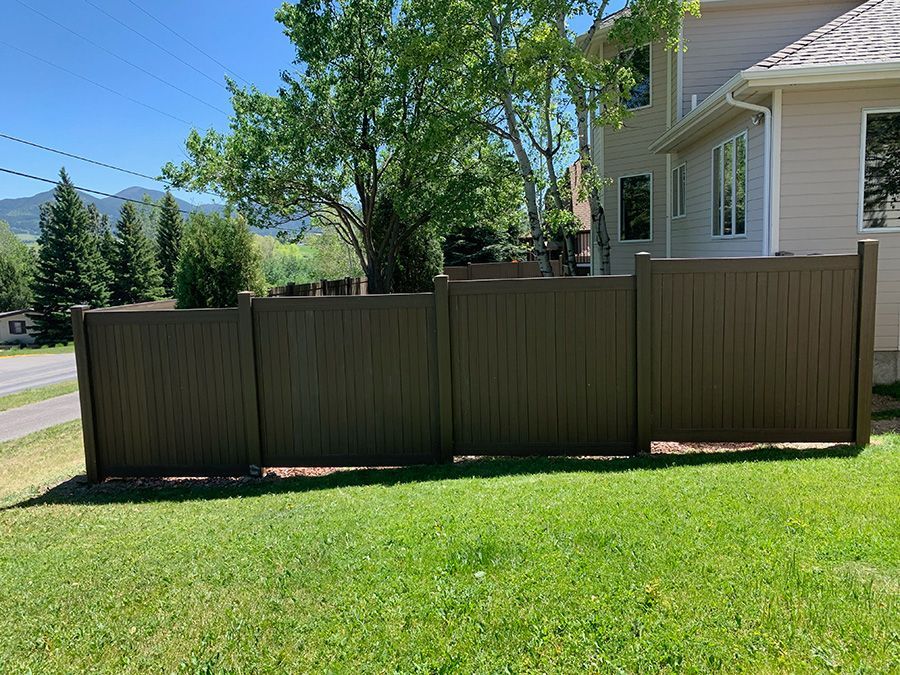Ornamental iron fences are not just about marking boundaries—they are a testament to artistic craftsmanship and history. The history of ornamental iron fences reveals their evolution in architecture and culture, blending functionality with timeless elegance. Come along as we uncover the origin, evolution, and lasting impact of ornamental iron fences on modern design.
Early History of Ornamental Iron Fences
The origins of ornamental iron fencing can be traced back to the ancient civilizations of Egypt and Rome, where metals like iron and bronze were used to create barriers and decorative elements. These early iron fences were often simple and functional, designed more for security than aesthetics. However, as metallurgy advanced, so did the potential for more elaborate and artistic designs.
Major Shifts in Ornamental Iron Fence Designs
During the 17th century, ornamental iron fencing evolved, becoming more detailed and artistic, especially in Europe. The industrial revolution of the 18th century was pivotal in making iron more affordable, enabling the creation of elaborate designs. Fences and gates adorned with intricate scrollwork, finials, and ornate patterns flourished in palaces and estates, marking the golden age of ornamental iron work.

Influence of Culture on Designs
With the rise in popularity of iron fencing, designs began reflecting the distinct cultural influences of various regions. In France, for example, baroque-style fences symbolized aristocratic wealth and elegance. In the U.S., by the 19th century, iron fences were symbols of status, with wealthy individuals using them to flaunt their prosperity. The influence of culture led to an array of unique designs based on local preferences and materials.
Contemporary Adaptations of Ornamental Iron Fencing
Today, ornamental iron fencing has evolved to meet the needs and tastes of the modern world. While traditional styles remain popular, there has been a rise in contemporary adaptations that combine the elegance of old-world design with new materials and technologies. Modern iron fences can be found in both residential and commercial properties, offering a combination of security, durability, and visual appeal. Today’s designs continue to honor the history of ornamental iron fences while embracing sleek, minimalist styles that cater to a range of architectural preferences.
Wrapping Up
The history of ornamental iron fences spans centuries, transforming from simple security features to beautiful works of art. Whether you’re considering ornamental iron fencing for your property or simply admire its craftsmanship, the rich legacy and modern adaptations of these fences make them an exceptional and timeless option.
We’d love to hear which ornamental iron fencing style you prefer for your property. Share your opinions in the comments!
#OrnamentalIronFencing #HistoryOfFencing #IronFences #FenceDesign #Metalwork #DecorativeIron #FencingHistory #ModernDesign #CulturalDesign